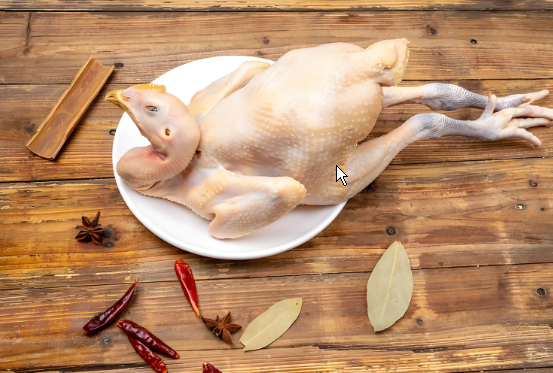Yu Er Ji (芋儿鸡), or “Taro Chicken Stew”, is a fiery gem of Sichuan cuisine originating from the rural kitchens of Chongqing and Chengdu. Born in the 20th century, this dish reflects the ingenuity of Sichuan cooks who transformed humble ingredients—small taro (locally called yu er) and affordable cuts of chicken—into a hearty, spicy masterpiece.
Its name combines yu er (taro) and ji (chicken), symbolizing a union of earthy sweetness and bold flavors. Traditionally served during family gatherings, it embodies Sichuan’s love for communal, spice-laden meals
Ingredients & Flavor Profile
The dish’s magic lies in its contrast of textures and mala (numbing-spicy) flavors:
- Chicken: Free-range or sanhuang chicken (三黄鸡) is preferred for its tender meat.
- Taro: Small, round taro roots are prized for their creamy, nutty sweetness.
- Spices: Sichuan peppercorns, dried chilies, and Pixian chili bean paste (郫县豆瓣酱) create the signature heat.
- Aromatics: Garlic, ginger, and star anise deepen the broth.
The taro absorbs the rich, spicy broth, balancing the chicken’s savory notes with its natural sweetness.
Why Foreigners Should Try It?
Adventure in Every Bite:
The interplay of soft taro and tender chicken, drenched in a tongue-tingling broth, offers a crash course in Sichuan’s culinary boldness.
Cultural Insight:
A staple at Sichuan family tables, it represents resourcefulness and warmth. Locals joke that “the taro always disappears first!”.
Customizable Heat:
Adjust chili levels to suit your palate—mild versions still retain depth from fermented bean paste.
Health Notes
Nutrition:
Taro is rich in fiber and potassium, while chicken provides lean protein.
Moderation Tip:
The dish is calorie-dense due to its oily broth. Pair with leafy greens for balance.



















No comments yet